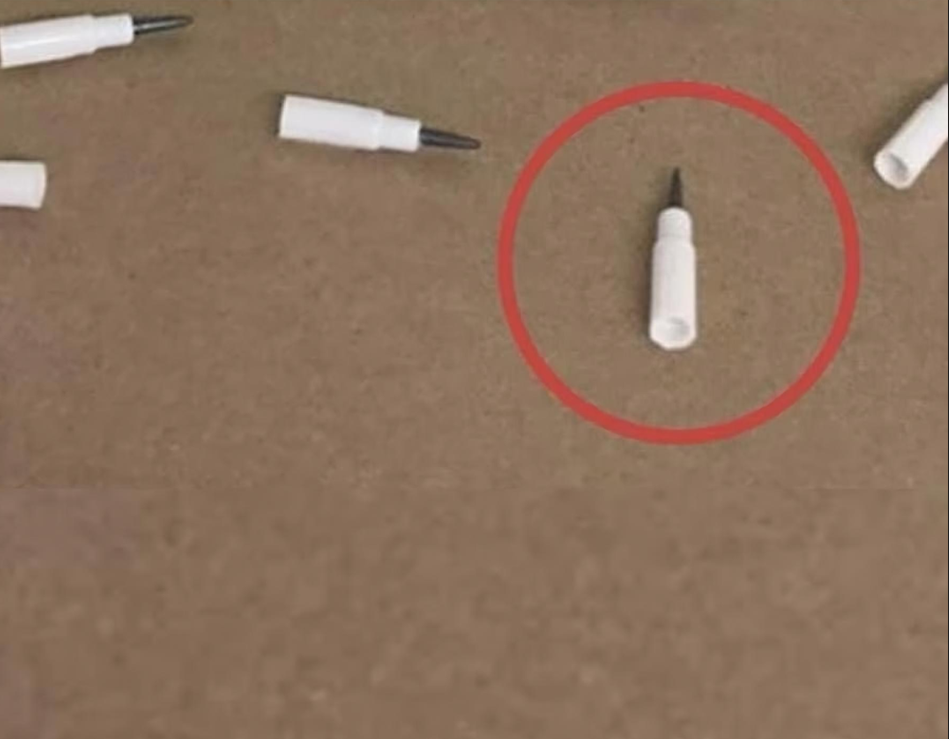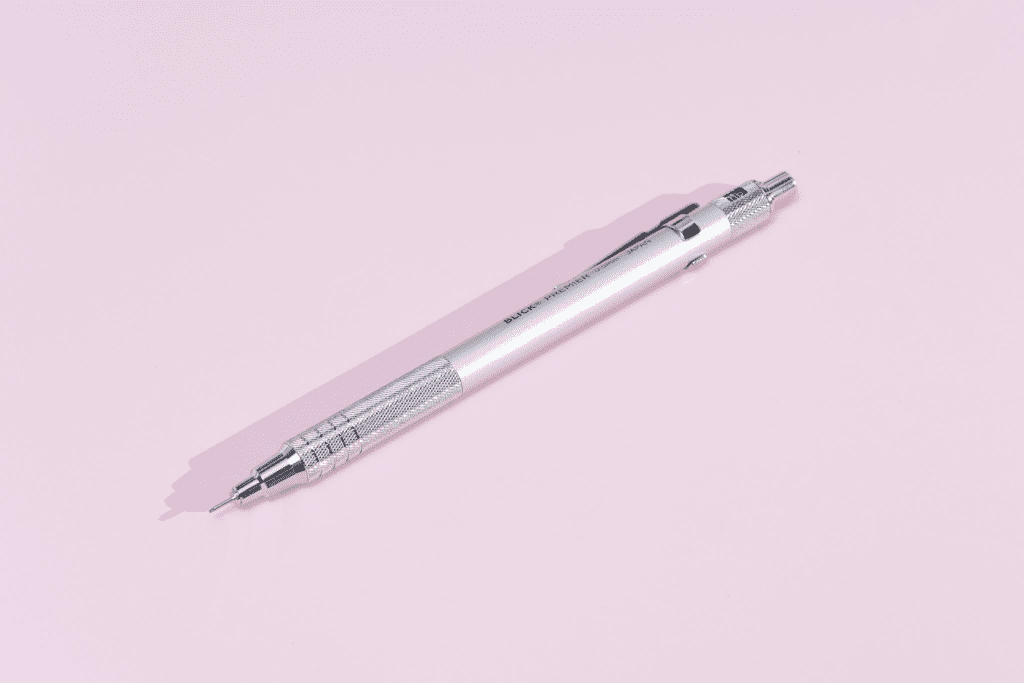The mechanical pencil is a widely-used tool that has become an indispensable companion for artists, students, and professionals alike. While its humble appearance may belie its importance, the mechanical pencil has a rich history and a versatility that often goes unappreciated.
In this comprehensive article, we’ll delve into the fascinating origins of the mechanical pencil, explore its evolution over the centuries, and uncover the myriad ways in which this unassuming tool can enhance your creative and practical endeavors. The origins of the mechanical pencil can be traced back to the 16th century, when Swiss naturalist and bibliographer Conrad Gesner invented a primitive version known as the “lead holder pencil.”

This early iteration required manual adjustments to the lead, which needed to be sharpened regularly. It wasn’t until 1822 that the first true mechanical pencil, with a mechanism that propelled the lead and allowed for replacements, was patented by Sampson Mordan and John Isaac Hawkins in Britain.
Over the next few decades, the mechanical pencil continued to evolve and improve, with numerous patents being filed for various mechanisms and advancements. In 1877, the spring-loaded mechanical pencil was introduced, while the twist-feed mechanism made its debut in 1895. These innovations paved the way for the widespread adoption of the mechanical pencil, which became a staple in the hands of artists, drafters, and students around the world.
One of the key advantages of the mechanical pencil is its versatility. Beyond its traditional use in technical drawing and precise writing, the mechanical pencil has found a home in a variety of creative pursuits. Artists have long appreciated the control and precision offered by mechanical pencils, using them to create intricate sketches, detailed illustrations, and delicate shading. Additionally, the availability of leads in a range of colors has expanded the creative possibilities of the mechanical pencil, allowing artists to experiment with different palettes and techniques.

The mechanical pencil’s appeal extends beyond its artistic applications. Its convenience and efficiency have made it a favorite among students, professionals, and anyone who values precise and consistent writing. The ability to refill the lead without the need for sharpening has made the mechanical pencil a practical and time-saving choice, particularly in environments where note-taking and detailed work are essential.
As technology has advanced, so too have the features and functionalities of mechanical pencils. Today, we have access to a wide range of mechanical pencils that cater to diverse needs and preferences. From slim and sleek designs to ergonomic grips and advanced lead advancement mechanisms, the modern mechanical pencil is a testament to the ongoing innovation and refinement of this humble tool.

Despite the rise of digital technologies and the increasing prevalence of electronic devices, the mechanical pencil has endured as a cherished and indispensable tool. Its ability to provide a tangible, hands-on experience, combined with its versatility and precision, has ensured its continued relevance in various industries and creative pursuits. As we look to the future, the mechanical pencil’s legacy is sure to continue, inspiring new generations of artists, designers, and professionals to push the boundaries of their craft.
The mechanical pencil is far more than just a writing instrument – it is a testament to human ingenuity, a tool that has evolved and adapted to meet the changing needs of various industries and creative endeavors. From its humble beginnings to its modern incarnations, the mechanical pencil has remained a constant companion, empowering individuals to express their ideas, refine their craft, and push the boundaries of what is possible. As we continue to explore the depths of this unassuming yet remarkable tool, the true extent of its versatility and significance becomes ever more apparent.


